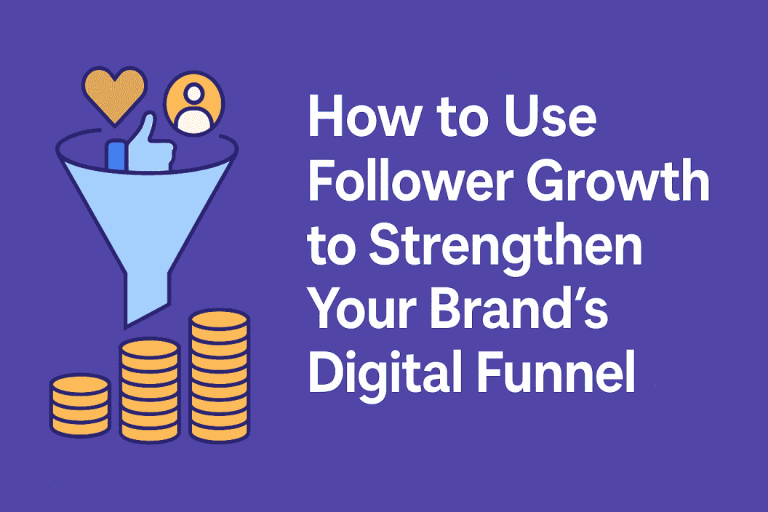
What is the Difference between Digital Marketing And Traditional Marketing?
What is the Difference between Digital Marketing And Traditional Marketing? Digital marketing uses online channels to promote products, while traditional marketing relies on offline methods like print and TV ads. Digital marketing leverages the internet to reach audiences through various online platforms, including social media, email, and search engines.
Traditional marketing, on the other hand, uses offline channels like newspapers, magazines, billboards, and television to convey messages. The key difference lies in the medium of communication and the approach to audience engagement. Digital marketing offers real-time analytics, allowing for instant feedback and adjustments.
Traditional marketing often involves a longer lead time and lacks the immediacy of digital interactions. Both methods have their unique strengths and can be effectively combined for a holistic marketing strategy.
Channels And Platforms
Digital marketing utilizes online platforms like social media and websites, while traditional marketing focuses on channels such as print media and television. Each method targets audiences differently, offering unique advantages and limitations based on the medium used.
Digital Marketing Channels
Digital marketing uses the internet to reach people. Common channels include social media, email, and search engines. Content marketing and SEO are also important. Businesses use websites and blogs to share information. PPC ads show up on search engines and websites. Video marketing is popular on platforms like YouTube. Mobile apps are another channel. These channels help reach a large audience quickly.
Traditional Marketing Channels
Traditional marketing uses offline methods. Examples include TV and radio ads, newspaper and magazine ads, and billboards. Direct mail and flyers are also common. Telemarketing involves calling people. Events and trade shows help businesses meet customers. Print ads in newspapers and magazines reach a specific audience. These methods often cost more and take longer to show results.
Audience Targeting
Digital marketing uses data and algorithms. This helps to target specific audiences. Ads can be shown to people based on age, interests, and behavior. Social media platforms offer advanced targeting options. It is easy to reach people who are most likely to be interested in your products. Personalized ads can increase engagement. Digital methods allow real-time adjustments. This ensures the best results from campaigns.
Traditional marketing uses broad approaches. Ads are placed in newspapers, TV, and radio. These methods reach a wide audience. It is hard to target specific groups. Billboards and flyers are also used. These reach people in certain locations. Traditional methods do not offer personalization. They rely on mass appeal.
Cost And Budget
Digital marketing is often more affordable. Small businesses can start with a small budget. Online ads can be targeted, saving money. Social media is usually free to use. You only pay for ads or boosts. SEO can be done with minimal investment. Many tools offer free trials or low-cost plans. Digital marketing allows for better budget control. You can adjust your spending based on results.
Traditional marketing can be more expensive. TV ads and billboards cost a lot. Print ads in newspapers or magazines are pricey. Radio spots also add up. Flyers and brochures need printing and distribution costs. Small businesses might struggle with these costs. Traditional marketing often requires a larger upfront investment. It’s harder to adjust spending quickly.
Measurability And Analytics
Digital marketing uses many tools to track performance. These tools include Google Analytics, Facebook Insights, and Twitter Analytics. Each tool helps to measure engagement, clicks, and views. Businesses can see which ads work best. They can adjust their strategies quickly. Real-time data allows for instant changes. Companies can see results right away. Detailed reports help to understand customer behavior. This leads to better decision-making. Digital tools make tracking very easy.
Traditional marketing uses different methods. These include surveys, focus groups, and sales data. Results take longer to gather. It is harder to track exact impact. Businesses rely on estimates and projections. TV ratings and newspaper circulation give some insights. Billboards and flyers are harder to measure. Companies often guess the success of these methods. Traditional methods offer less precision. It is more difficult to see what works best.
Engagement And Interaction
Digital marketing offers real-time engagement and interaction through social media and online platforms. Traditional marketing relies on static mediums like print and broadcast, limiting immediate feedback.
Digital Engagement
Digital marketing uses the internet to reach people. Social media, emails, and websites are tools. People can comment and share online posts. This creates a two-way conversation. Quick responses are possible. Businesses can see what people like. This helps in making better content.
Traditional Interaction
Traditional marketing uses TV, radio, and print ads. People see or hear the message. They cannot easily respond. It is a one-way conversation. Feedback takes longer. Surveys and phone calls are used for feedback. This makes it harder to know what people think right away.
Content And Creativity
Digital marketing uses various content types. These include blogs, videos, social media posts, and emails. Each type can reach millions. The content is often interactive. Users can comment, like, or share. SEO helps in ranking content higher. This means more visibility. Digital content is updated easily. It keeps the audience engaged.
Traditional marketing uses print ads, TV commercials, radio spots, and billboards. Each type has a wide reach. Creativity is key in these ads. They must grab attention quickly. Print ads use bold images and catchy phrases. TV commercials tell a story in seconds. Radio spots use jingles and slogans. These methods are costly but effective. They reach people offline.
Reach And Scale
Digital marketing leverages online platforms for broader reach and quick scaling, while traditional marketing relies on physical mediums, often limiting reach and scalability.
Read More
How Can Marketers Measure the Success of Their Digital Strategies?
Global Reach Of Digital
Digital marketing can reach people all over the world. This is possible because of the internet. Social media, websites, and emails help a lot. Businesses can target specific groups. This makes marketing more effective. Ads can be seen anytime and anywhere. This is great for global companies.
Local Impact Of Traditional
Traditional marketing focuses on local areas. Flyers, billboards, and newspapers are common tools. These methods reach people near the business. They are effective for small, local businesses. Local TV and radio ads also work well. These methods build a strong local presence. This helps in creating loyal customers.
Adaptability And Flexibility
Digital marketing can change fast. It adapts to trends quickly. Ads can be updated instantly. Campaigns can be adjusted in real-time. This makes it more flexible. It can respond to customer feedback. Errors can be fixed right away. This speed is a big advantage.
Traditional marketing is not as flexible. Once an ad is printed, it stays the same. Changes are hard and costly. It cannot adapt quickly. This makes it less responsive. Feedback is slower to implement. It is more fixed in nature.
Conclusion
Digital marketing offers cost-effective, data-driven strategies that reach a global audience quickly. Traditional marketing provides a tangible, trusted experience with a local focus. Both have unique advantages and can complement each other when used effectively. Understanding the differences helps businesses choose the best approach for their goals.
Stay updated to maximize your marketing impact.






